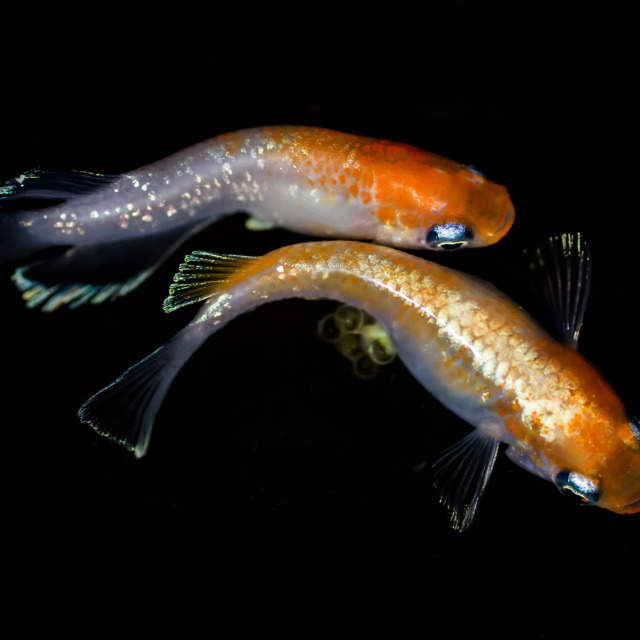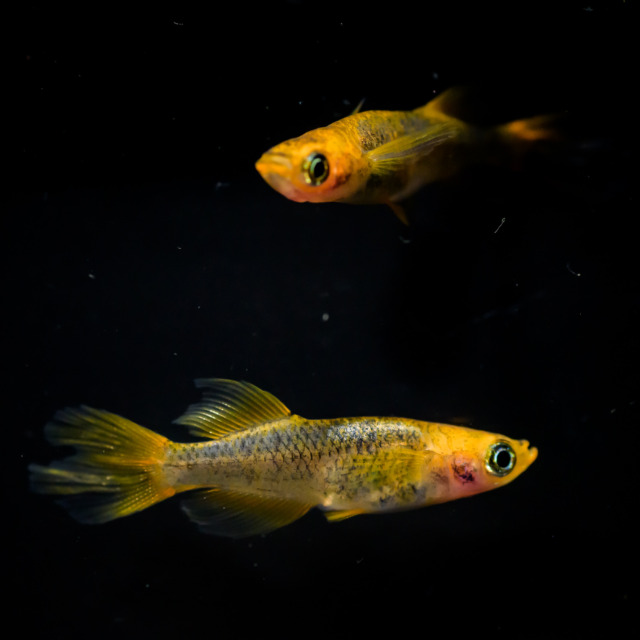About Keeping Medaka Fish: Egg Management, Fry (Juvenile Fish) Breeding, and Spawning
How to keep Medaka Fish and Breeding
Recommended Egg Storage Method
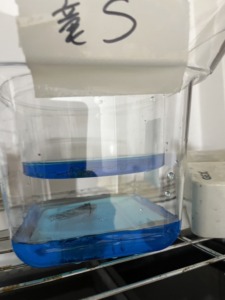
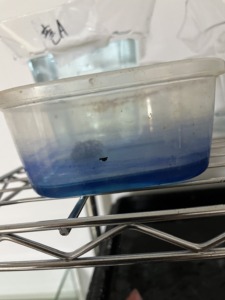
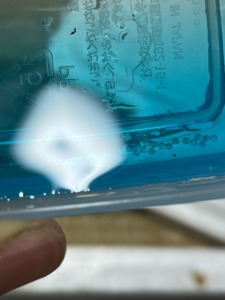
Here is the method we recommend for storing medaka eggs.
First, upon arrival, place the eggs in a dedicated egg storage case.
As described above, fill a container with about 500cc to 1 liter of tap water to a water level of about 1 centimeter, and store the medaka eggs in it.
At this time, adding methylene blue in a higher concentration is effective in preventing mold. I always add at least one drop per 200-300cc. It’s fine to add even more; naturally, a higher concentration has a stronger sterilizing effect and a higher hatching rate for the eggs.
Often, you might see “one drop of methylene blue per 10 liters” mentioned, but this does not have any sterilizing effect. The recommended amount of methylene blue is 2cc per 10 liters, so just a few drops will not be effective. If necessary, change the water daily.
Additionally, please remove any eggs that turn white or develop mold.
Tips to Increase Hatching Rate

To increase the hatching rate, lower the water level as much as possible. This is a recent discovery: when the water level in the container holding the medaka eggs is kept extremely low, the hatching rate increased. I don’t change the water often, but I add methylene blue solution each time the water level decreases. For some reason, more eggs spoiled when the water level was higher. The hatching rate varies greatly by breed, so it is worth trying for breeds with low hatching rates.
Using Copper Scrubbers
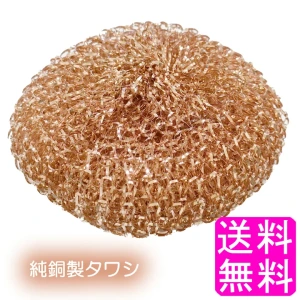
Additionally, cutting a copper scrubber with scissors and placing it in the container can help prevent mold. Copper has a sterilizing effect, so using it along with methylene blue can increase the hatching rate. Be cautious if there are shellfish in the tank, as they may die. This does not affect the health of the medaka, including the fry.
Egg Temperature
Manage eggs at a water temperature of at least 20°C. Below 20°C, the hatching rate decreases. The optimal temperature is around 26°C, so during seasons other than summer, use a heater to maintain a suitable temperature.

As shown in the image above, warm the entire aquarium with a heater and let the egg container float inside it. Once the fry (newborn medaka) hatch, you can easily transfer them to the tank with a pipette.
We share our egg management techniques and ways to raise fry, juveniles, and adults while addressing common illnesses.
Essential Items for Medaka Egg Management and Fry Rearing
| Container | Ideal size: 5 to 10+ liters |
| Methylene Blue | Needed for egg disinfection (optional) |
| Heater | Needed in seasons when the water temperature is below 20°C |
| Air Pump | Improves fry survival rates |
| Fry Food | Essential for feeding baby medaka |
Egg Storage after Arrival
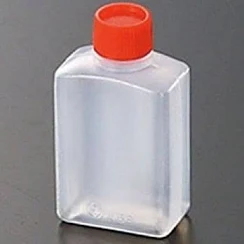
Once the medaka eggs arrive, fill the storage container with water and add the eggs. They are typically shipped in small plastic soy sauce bottles.


The storage container for eggs can be any type that holds water. I store the eggs in a 1- to 2-liter container with a high concentration of methylene blue. In winter or when temperatures are below 20°C, I float the container in a larger vessel and use a heater to keep it warm. For keeping the newly hatched fry in mind, it’s best to use a larger vessel of at least 10 liters.
Because medaka eggs are prone to mold, always use tap water with chlorine. They don’t die from chlorine, and tap water is better than dechlorinated water for them.
How to keep Medaka Fish and Breeding
Egg Sterilization
Eggs will rot or develop mold if left soaking. Always disinfect and preserve the eggs properly.
The easiest method for sterilization is using chlorine in tap water. Since chlorine evaporates quickly, change the water in the egg container daily.
Sterilization with Chemicals
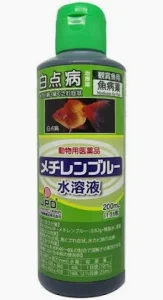
Methylene blue disinfectant is commonly used. It’s also included in the water of the small shipping bottles.
Methylene blue is easily available at most home improvement stores or online, like on Amazon Japan. While some people only use one drop per liter, it’s safe to add more. The recommended amount is 0.2 cc per liter, so I use a high concentration. More methylene results in higher egg survival rates.
Managing Egg Temperature
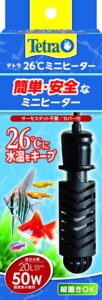
Medaka eggs won’t hatch below 18°C.
Eggs hatch above 20°C, but the ideal temperature is around 25°C. In fall and winter, use a heater like this one here to regulate the water temperature. Light exposure might also be necessary, so place the egg container in a bright area or use a light.
Time for Eggs to Hatch
Medaka eggs are said to hatch when the product of temperature and days equals 250. For instance, at 25°C, they hatch in 10 days because 25 × 10 = 250. At 20°C, hatching takes 12.5 days, and at 28°C, it takes 9 days.
After Hatching

For fry containers, 10+ liters is ideal. If the container is too small, water can get dirty quickly, leading to a lower survival rate. I recommend the 15-liter “Square Storage Box Large,” available for 200 yen at Daiso. It’s affordable and spacious.
Most Important Thing in Fry Rearing
Light is the most crucial aspect of fry rearing. Keeping containers in sunny spots accelerates growth and decreases mortality. However, in dim places, growth is stunted and mortality increases. It’s best to raise them outdoors, but placing containers near a window is sufficient indoors. If there’s poor lighting, supplement with bright artificial light.
Direct sunlight can raise the water temperature above 40°C, effectively cooking the fish. To avoid this, create shade with screens or use white containers or transparent aquariums, which prevent sharp temperature
